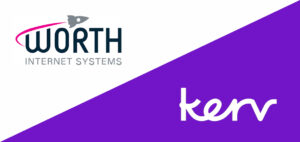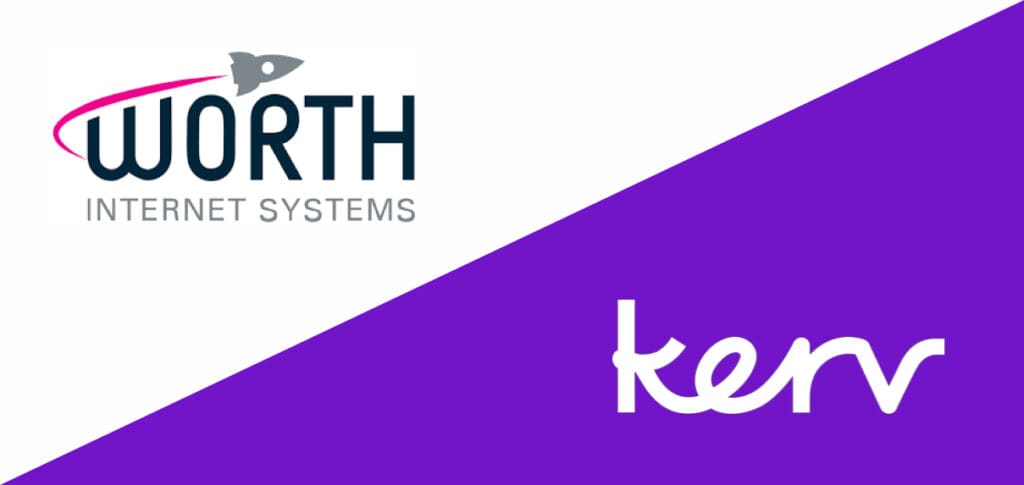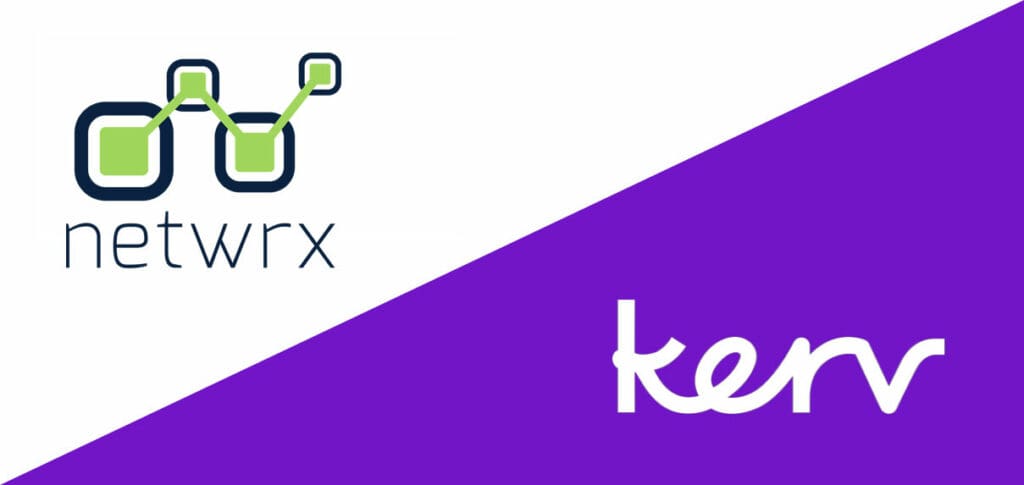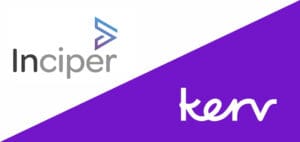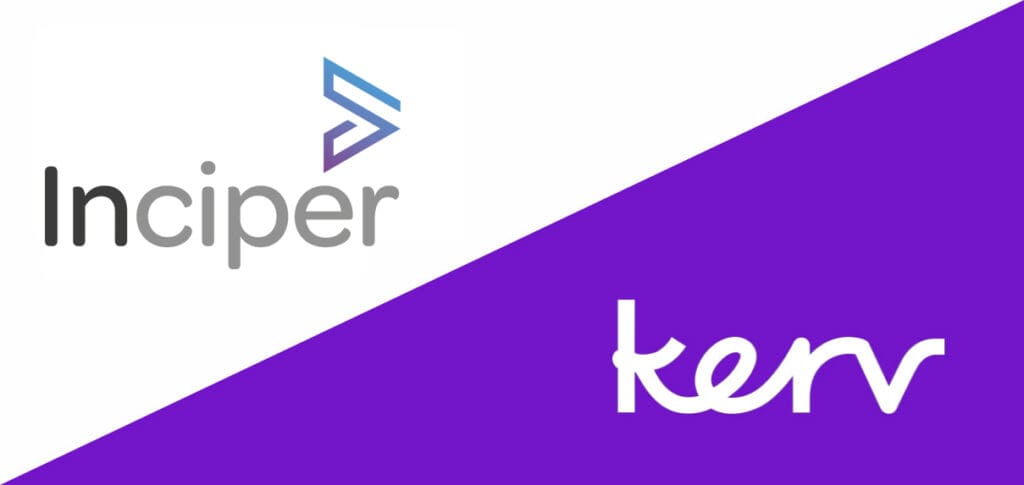
Robert Meehan
Chief Marketing Officer|
Have a question?
Get in touchPublished 28/04/22 under:
In comparison to most other Microsoft Dynamics 365 services providers, Kerv Digital are proud to also be a full-stack software development organisation with a dedicated datahub reference architecture that helps us build datahubs with the best-of-Azure technologies using Dynamics 365 and beyond with tools such as:
- Azure Synapse,
- Data Factory,
- Python,
- Spark,
- Azure Event hub
- Azure Service Bus.
That’s because we believe the principles that apply when building custom software should apply even more when working with Microsoft’s first party applications. That’s why we’d like to share some of those key principles and approaches that make our digital transformation projects so successful, time after time…
First of all, no business can exist in a vacuum. Even the most well-funded start up with a complete born-in-cloud approach will have dependencies on third party services, suppliers and client information that will be continuously updated and edited by multiple users. Historically, this has always been handled by a variety of disparate databases handling the different tasks – sometimes with an ‘integration hub’ acting as an intermediary between these various siloes of data to try and ensure everyone who needed to access different areas could do so (although often with varying degrees of success when it actually came to how well they ‘integrated’).
Whilst this was an admirable approach given the tech available, the advent of cloud technology and the increase generally in storage capacity makes trying to manage this on-prem, controlled by an in-house team, for any SME level organisation or bigger, increasingly difficult. Gigabytes become terabytes become petabytes, to the point where storage costs and load times gathering ALL the data to find sometimes one record just become unworkable. This is still true for all software but hyperscale vendors such as Microsoft make cloud computing power (and therefore the amount of data we can process) virtually limitless – but only when we buy into an ecosystem with this level of processing power available for rent.
This all leads to something called ‘data gravity’, in which the more data you have, the more will be accreted by bringing in supplies of data for the manufacture of high value data-based insights. It also helps in finding operational efficiencies, enabling new services, empowering employees with new capabilities such as more accurate scenario prediction and modelling and helps to improve business resilience whilst tracking against strategic outcomes etc.
As an example, let’s assume we agree that the added security and computing benefits of moving to the cloud is a no-brainer (because it is). Where do we go next? All our existing software was built before the cloud was really ‘a thing’ and trying to plug it all into Microsoft Azure could result in us recreating the same ‘data hub’ type approach, only in someone else’s data centre.
That’s why Kerv Digital uses a specialised data science, known as the system integration and data exploitation. Over the years, over our hundreds of projects in this space, value for clients has come equally from a from data discovery exercise, as well as a software discovery exercise – and running these separately can bring about a huge number of benefits.
For example, a lot of our work with clients looking to digitally transform is focussed around envisioning the future of their business systems – which we achieve by interviewing all potential users who may or will interact with the solution. That includes staff, partner organisations and members – from there we begin to map out how a CRM transformation would benefit an organisation, by solving specific pain points and understanding which processes could either be automated, enhanced or replaced with a single Microsoft solution, rather than multiple siloed expensive applications.
This is made easy as Kerv Digital come with a full team approach of MS certified resources spanning disciplines such as
- D365,
- Data Analyst,
- Data Science,
- Data Engineering,
- Data Architecture, S
- Solution Architecture,
- Integration Engineers
However, running an equivalent process around existing data in the organisation, rather than processes and users can help us tell a different story. This can help us further understand what’s possible today, rather than what is happening and what the users expect. Just as experienced software consultants can recognise a faster way to run a process, experienced Data Scientists and Data Engineers can see the potential of data gathered in one silo when combined, integrated or supported by data held elsewhere.
An organisation may gather customer payment history in a finance application and in a different events application register how often they attend training, whilst another marketing application registers how often they interact with content sent by the organisation. This data holds multiple insights into that client, how profitable they are to the organisation, how likely they are to churn, and can most likely predict how they perceive the service they receive.
But… without a Modern Data Platform, these insights from the data remain locked away… and no CRM application can solve those questions without the correct data sources being identified and integrated so they can be shared across the organisation and into the hands of people who can really make use of it – your staff.
Moving from the old world of static excel reports to always accessible dashboards and insights in ‘real-time’ can rapidly speed up the pace of innovation across an organisation and unlock the potential of many other cloud services. We always recommend taking this approach first, before investing heavily in a new CRM (or any other software solution).
By understanding both existing data landscape, as well as processes, we can work with clients to focus on delivering the right solution, built for the future of the organisation, ready to integrate and report on multiple services not yet built. It is also worth noting that a connected, integrated data platform can vastly increase the security of your organisation – as there are less and less ‘blind spots’ within the system. Routine monitoring in Azure can analyse user behaviour, which systems they access and what they view – and report on any sudden anomalies such as a new location log-in or accessing files which is out of their usual routines.
The simplicity of its extension and the authentication and authorisation features of AAD B2C, assuming the investment is made in this approach significantly more value could be rapidly derived by procuring very little additional technology.
Have a question?
"*" indicates required fields

